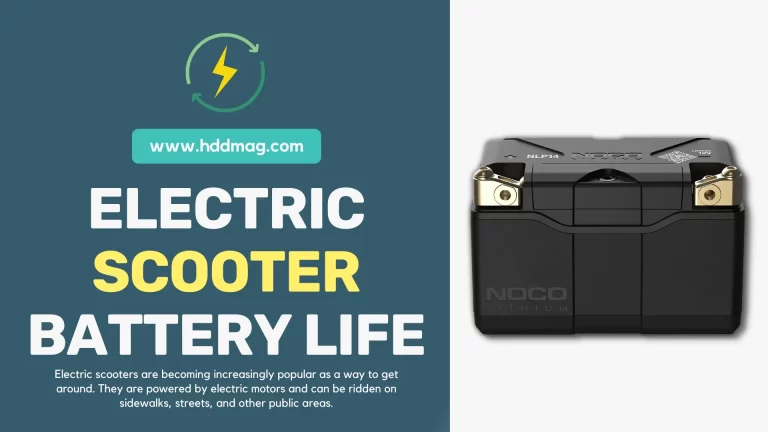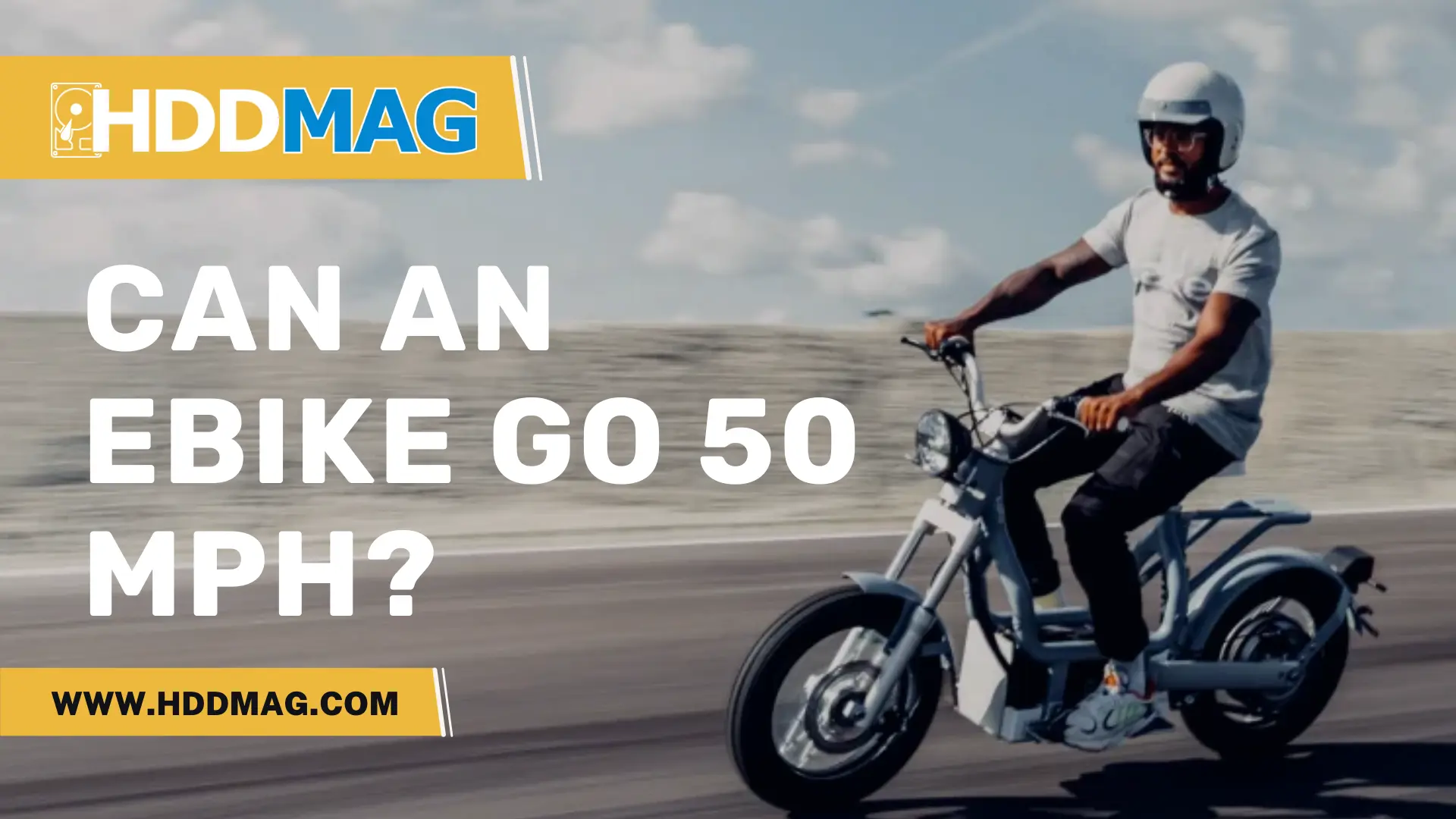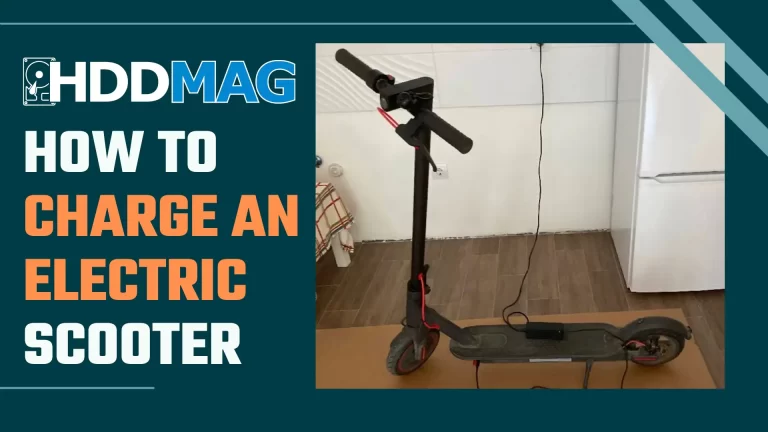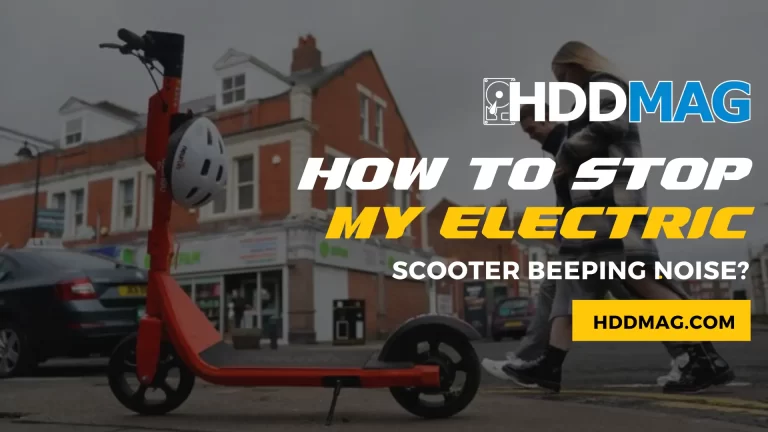Can an Ebike Get Wet?
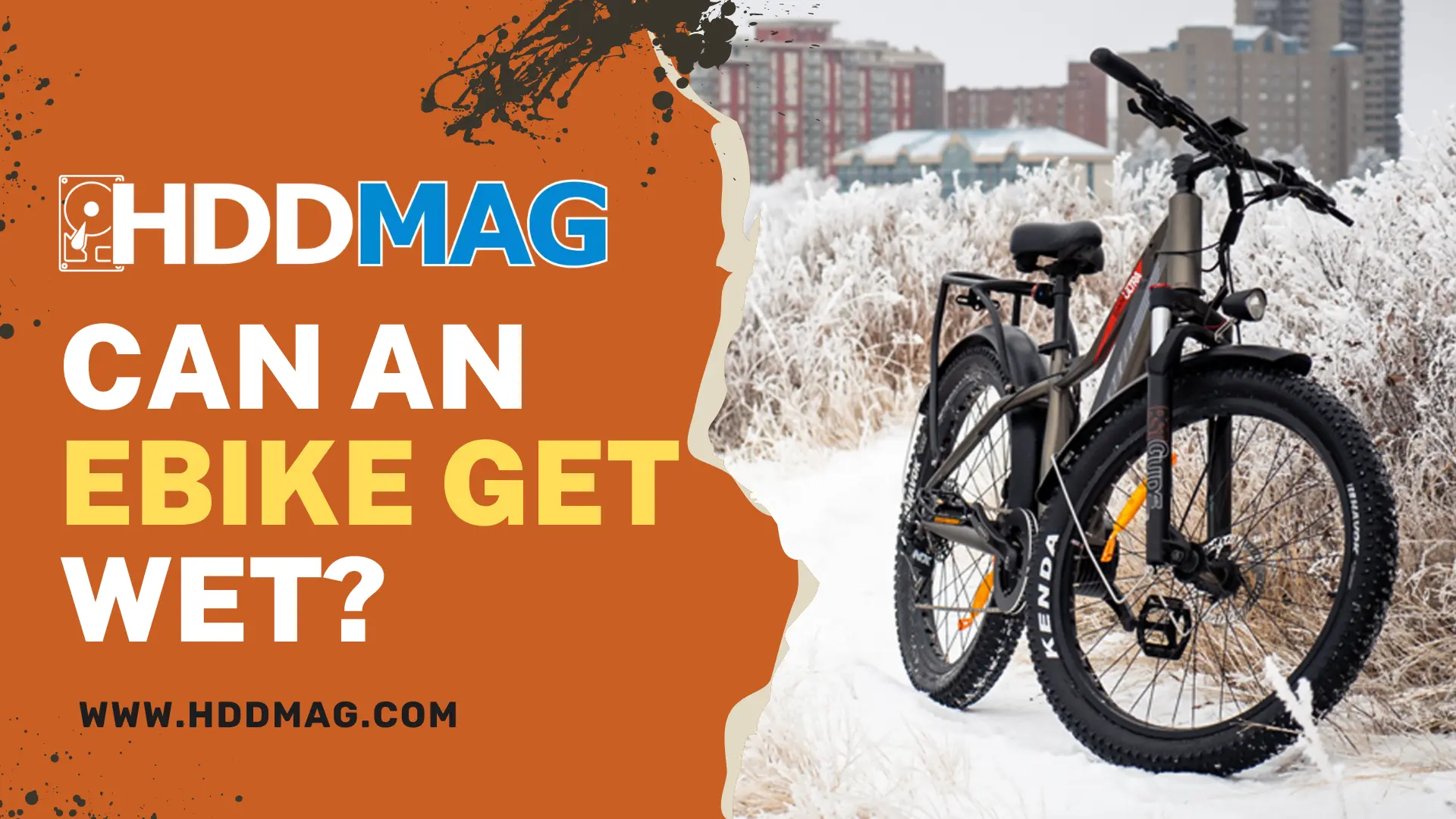
There are many best ebikes on the market today and with a purchase, you may have a variety of wetness and weather questions. Ebikes can be ridden in all sorts of weather, but there are a few things to keep in mind when it comes to riding an ebike in wet or snowy weather. This article will tell you all you need to know about riding and storing your electric bike in wet or snowy weather.
A. Rain
Should You Ride Your Ebike in Rainy Weather?
Electric bikes are a great way to get around in the rain. They are typically water resistant, so you can ride them in wet weather without having to worry about getting your bike wet. However, if you’re considering riding your electric bike in rainy weather conditions, it’s important to be prepared for potential issues. First, make sure your battery is fully charged and make sure you have an appropriate raincoat or umbrella to cover yourself and your bike.
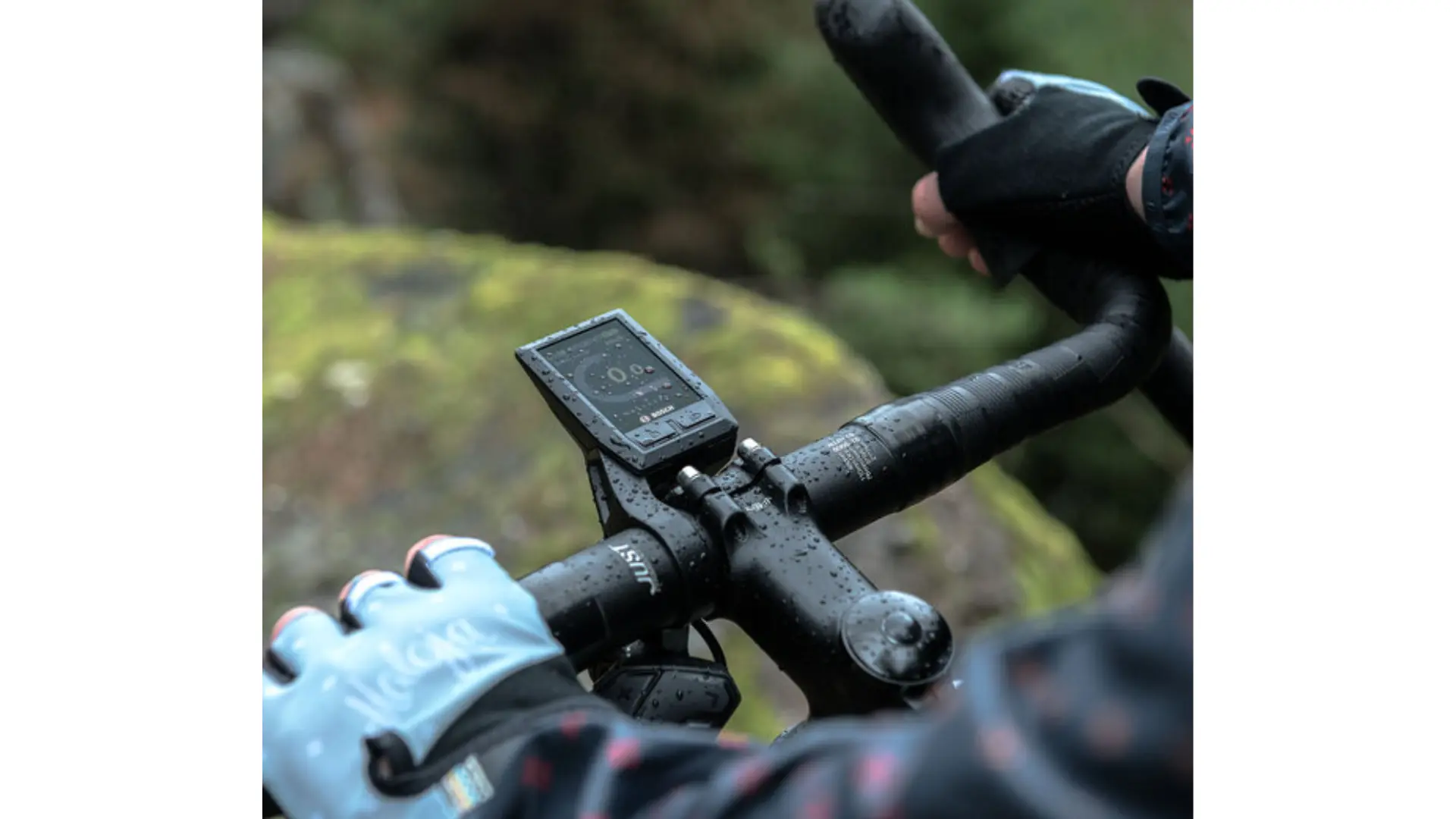
If you do get caught in a downpour, be sure to slow down and take care when maneuvering around puddles or other water hazards. And if you do end up getting wet, don’t forget to warm up your battery by pedaling slowly and steadily for a few minutes after you finish riding.
Finally, note that even if the weather is bad enough it may cancel out the benefits of riding an electric bike, so sometimes it can be better to wait until the rain subsides.
Should You Park Your Ebike Outdoors When It Is Rainy?
Electric bikes are becoming more popular, but many people don’t realize that they can also be parked outdoors when it rains. And while some electric bikes are not water resistant, most of them are.
Most electric bikes have water-resistant cases or covers that protect them from rain and other elements. But if you own an electric bike, be sure to check the manufacturer’s warranty to see if it is rain resistant. You may also want to check the warranty to see if it covers rain damage. If not, you may want to consider purchasing a water-resistant case or cover for your bike.
Even with a cover, make sure your bike is well-oiled and properly maintained – heavy rain that touches the battery will impact its ability to function properly.
What Can You Do if Rain Is Likely To Touch Important Components of Your Ebike?
For ebikes that do not come with waterproof casings for the battery, screen, etc., this can mean that important components like the battery and motor will be affected. There are a few things you can do to protect yourself and your bike in the event of rain. You must replace your battery with the waterproof case, here are some of the best batteries for ebikes.
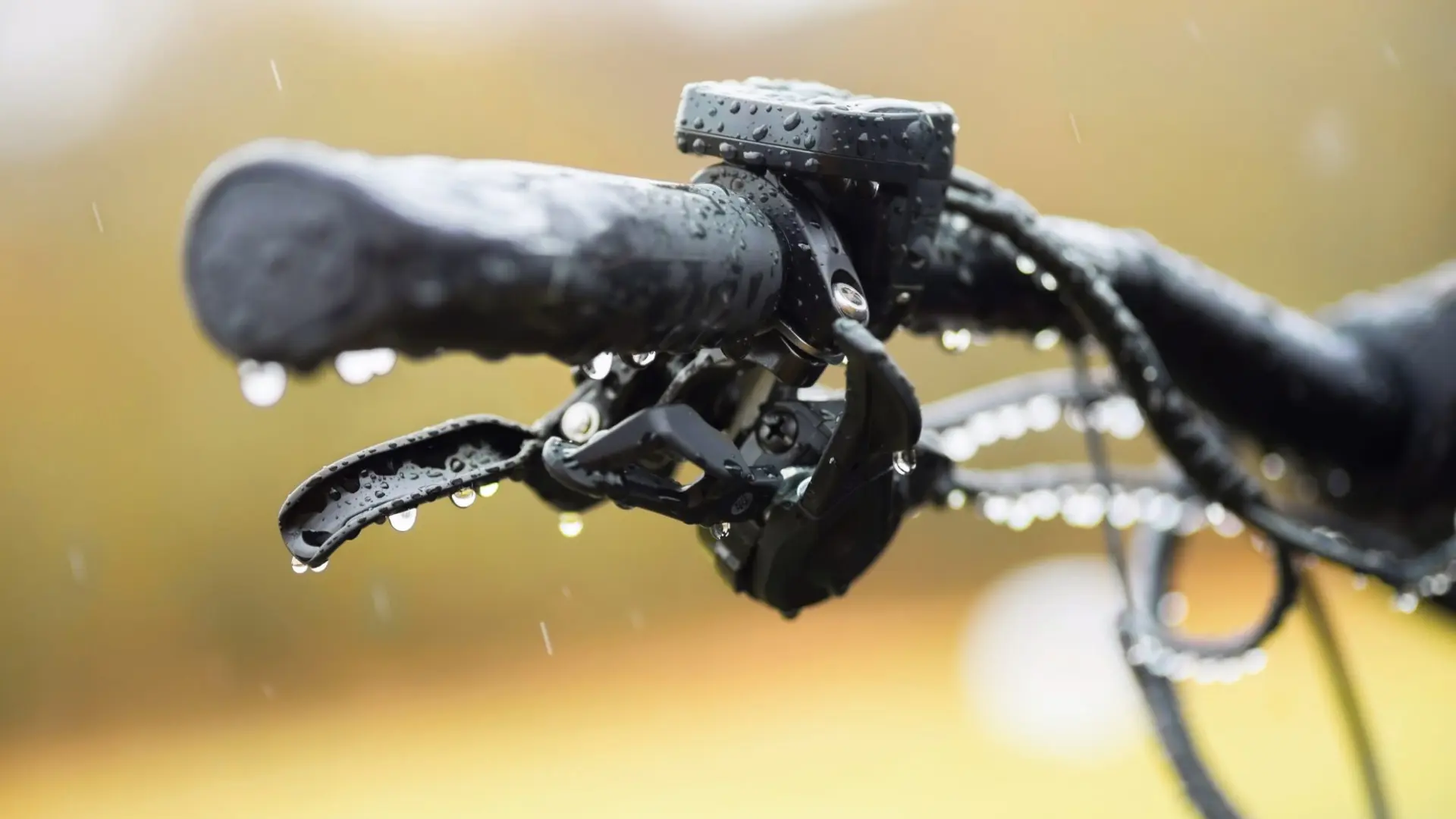
First, make sure that all of your components are waterproofed. This means covering them with an appropriate sealant, coating or plastic cover. If your bike is already waterproofed, make sure that all of the critical connections are also watertight.
Second, keep your bike clean and free from debris. This will help reduce the amount of mud and water that can get inside the frame and battery pack. Also, make sure that your cables are tucked away in waterproof cabling. Finally, if your electric bike model is not waterproof, be sure to keep an eye on the weather forecast and plan ahead!
What Can You Do if Any Important Components of Your Ebike Have Gotten Wet From Rain?
If your electric bike has any important components that have gotten wet from rain, you’ll want to take appropriate steps to ensure the bike is in working order. Here are a few tips on what you can do:
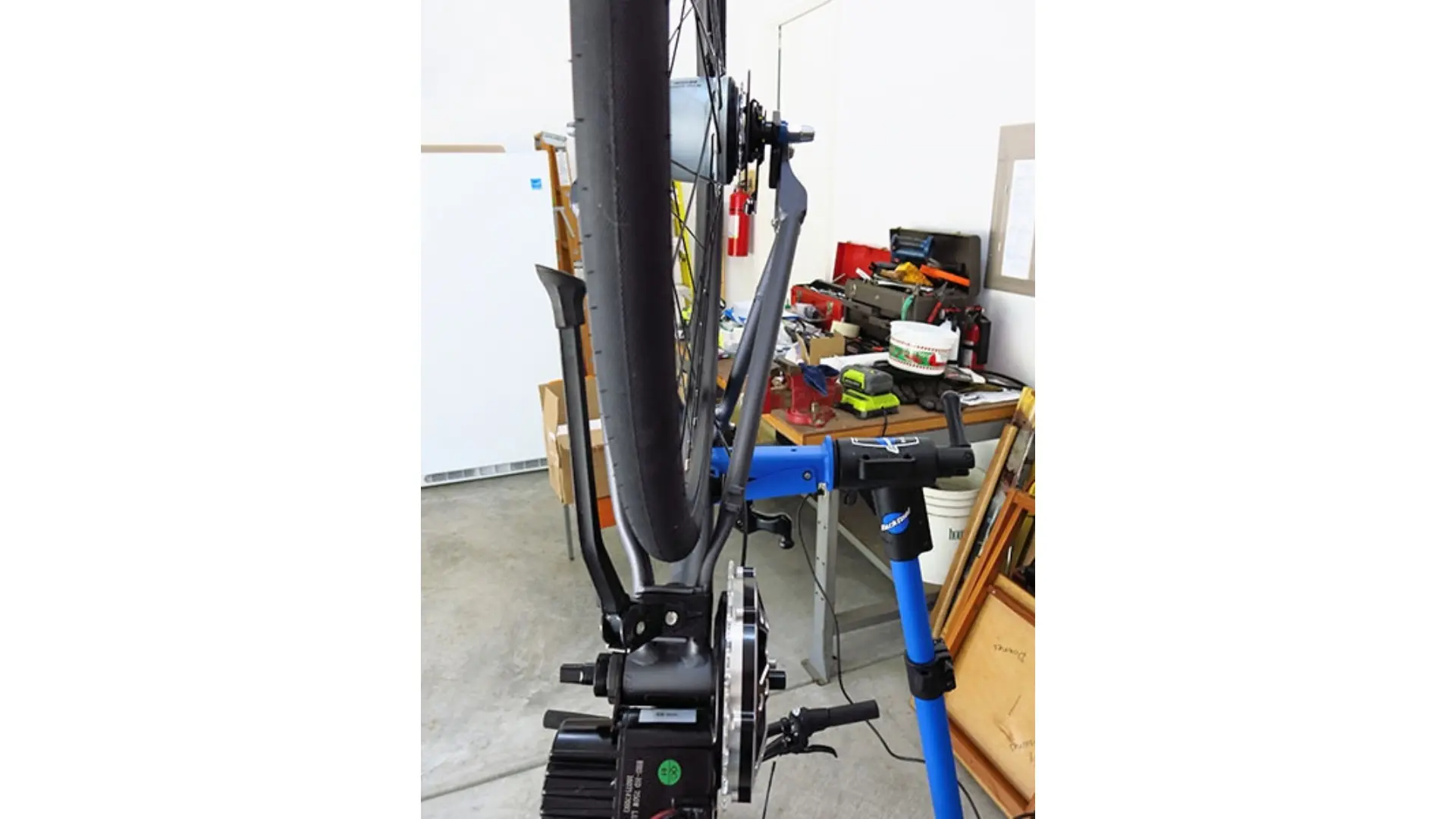
- Check the battery voltage – if the voltage is low, your battery may not be holding a charge and needs to be dried out. If it still does not hold a charge after drying it, it needs to be replaced.
- Clean all of the water droplets from all of the electric bike’s moving parts – this will help improve performance and prevent future issues like rust.
- Check the wires – if there is any water on the wires, dry it out as soon as possible, This will help prevent future breakage or fraying of the wires. If possible, replace them as soon as you can to prevent interference with the electrical system.
- Inspect all of the seals around the electric bike’s components – if they’re damaged or missing, they may be the cause of the existing water problem. This shows that they are not capable of withstanding water damage and need to be replaced.
B. Snow
Should You Ride Your Ebike in Snowy Weather?
Electric bikes are incredibly popular in the cycling community for a reason: they’re eco-friendly, fun, and easy to ride. But should you take your electric bike out on snowy roads in winter? Or should you go out for a ride when it is snowy? There’s no one answer to that question, as it depends on your area’s weather conditions and personal preference.
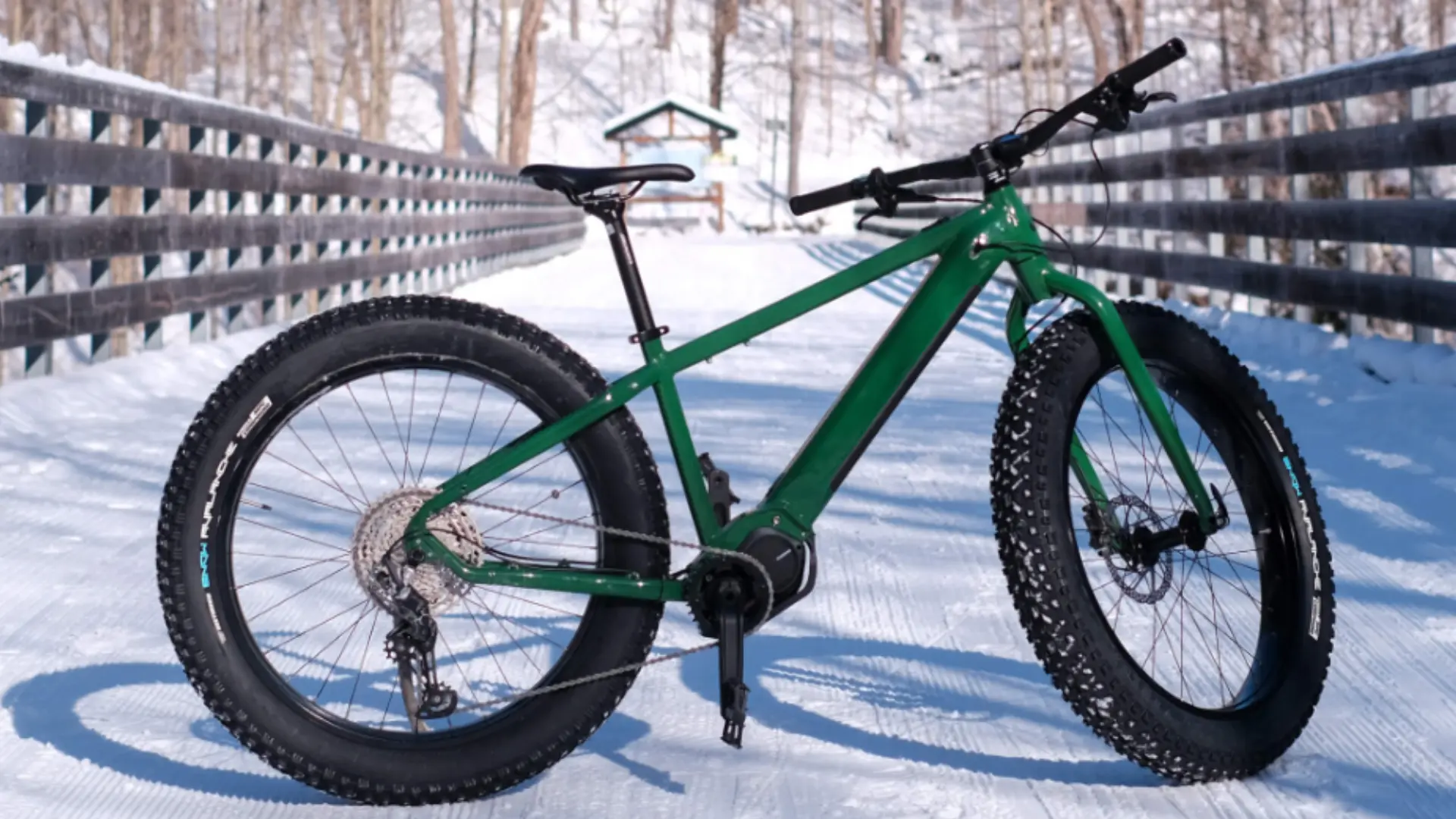
If you live in an area that experiences a lot of snowfall, then it’s definitely worth considering taking your electric bike out for a spin during the winter season. Not only will you be enjoying some fresh air while cycling, but you’ll also be helping to reduce CO2 emissions.
Electric bikes can be ridden in any weather condition, including snow. This is especially helpful if you live in a place that receives a lot of snow. Riding an electric bike in the snow is safe. You do not have to worry about the bike getting damaged when riding in the snow.
Should You Park Your Ebike Outdoors When It Is Snowy?
Electric bikes are a great way to get around when the weather is bad, but you should never leave your bike outside in the snow. Leaving your ebike out in the cold can cause it to get stuck in thick snow. This may also cause moving components to harden and become frozen, which is not safe for you or your bike.
In addition, the electronic components of ebikes are vulnerable to dampness and cold, so leaving them inside can lead to problems down the road. Not only that, lithium-ion and lead-acid batteries, which are what most electric bikes use, need protection from cold weather. A lack of this protection will weaken the battery and potentially cause it to fail.
Finally, making snow build up around your ebike while you park it outside might inevitably cause moisture to seep into essential components of the bike. Melting snow may more easily enter nooks and crevices that they shouldn’t, making parking your electric bike in the snow an even more potentially bad idea.
What Can You Do if Snow Is Likely To Touch Important Components of Your Ebike?
If you live in an area that is likely to see snow, it’s important to know what you can do to prepare your ebike for the weather. Here are a few key tips:
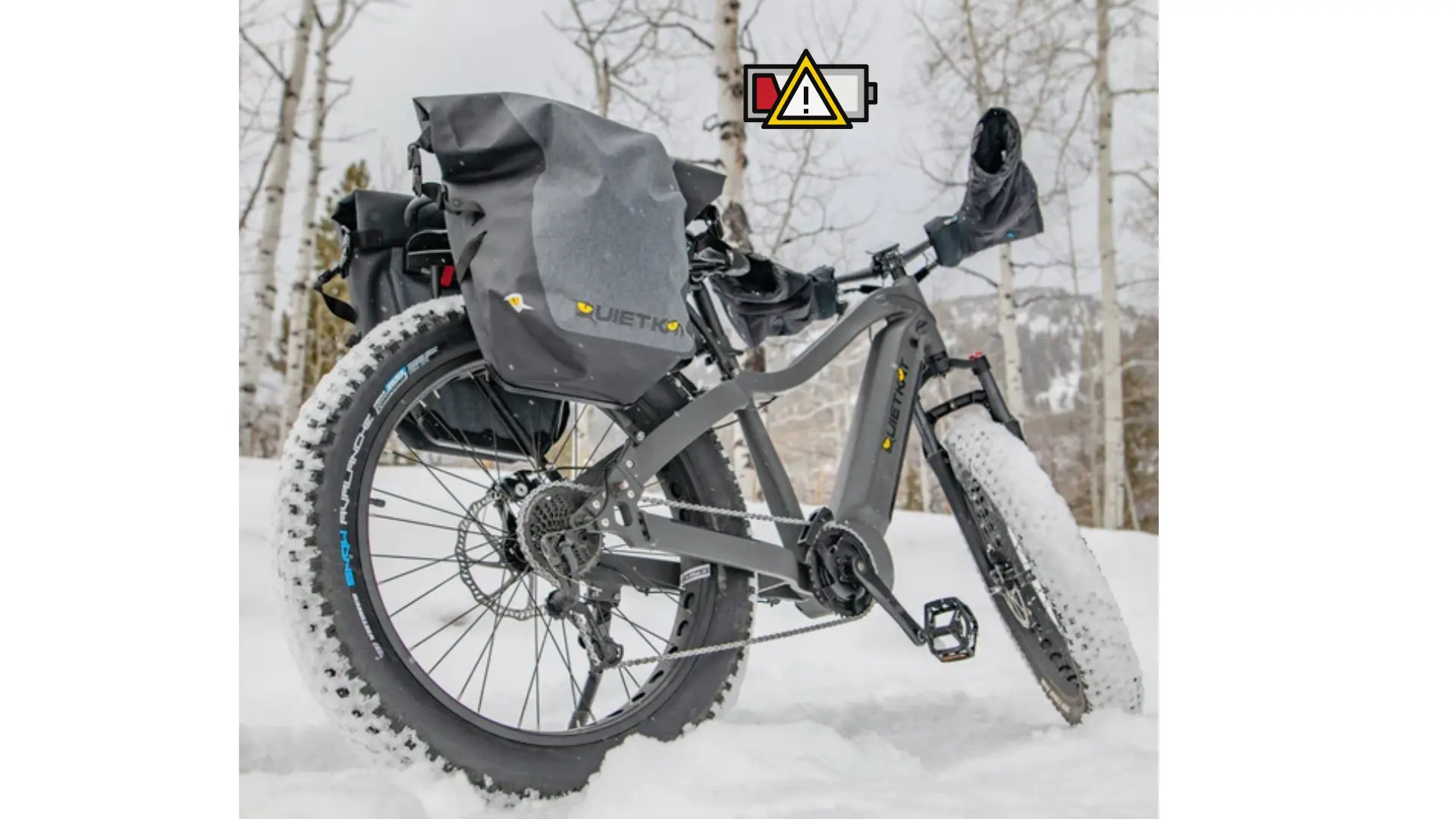
- Check your battery voltage and make sure it is in order before riding in snow or ice conditions. A low battery or a battery with a fluctuating voltage could cause your bike to stop working unexpectedly.
- Wrap your bike’s essential components in warm, waterproof material if it will be parked outside for a while. This will help keep the bike cool and prevent condensation from forming on the battery, and other essential parts which can lead to a dead battery, a frozen throttle, etc.
- Keep your chain clean and lubed; this will help it run smoothly in cold weather.
- If you just want to buy an electric bike, make sure all parts of the bike are winterized by selecting a brand that sells snow-specific electric bikes. Also, read the manufacturer’s manual on what and what not to do with your specific model of electric bike in snowy weather.
What Can You Do if Any Important Components of Your Ebike Have Gotten Wet From Snow?
If you have an electric bike that is important for your daily commute, it’s important to know what to do if any important components have gotten wet from melting snow. The first thing you should do is check the battery level. If it’s wet, dry it out as soon as possible. Air drying is okay, but so do not attempt to place your electric bike battery near a heat source.
Next, check the brakes and gears. They may need to be serviced, lubricated, or replaced if they’ve become wet. Finally, make sure all of the cables and connectors are properly dried. If they are not properly dried, they will not work properly, and could cause further damage to your electric bike. If in doubt, you may also have them serviced or replaced.
C. Water Bodies
Can You Ride Your Ebike Across Very Shallow Bodies of Water?
The idea of riding an ebike across a body of water might seem daunting at first, but with careful planning and forethought, it’s possible to do just that. In fact, many ebikers who live in coastal areas or near bodies of water often use their bikes to commute to work or school. There is just one thing you need to keep in mind when riding your bike across a body of water:

Make sure your bike is never in the water above the rubbery part of the wheel, i.e., 1 or 2 inches. This means taking care not to ride across any body of water that is higher than a maximum of two inches.
Can You Park Your Ebike in Very Shallow Bodies of Water?
If you own an electric bike, you may be wondering if it can be parked in very shallow bodies of water. The short answer is yes, but there are a few precautions you should take to ensure your bike is safe.
First, make sure you follow the two inches rule when deciding to park. That is, if the body of water is higher than two inches tall, do not park or ride in it. Second, always use the kickstand to secure your bike while parked. If you do not, you risk having the bike fall over and water touching essential components. Besides, just the fall of the ebike may damage some of the components of the bike.
Finally, if you can, do not leave your bike unattended while parked in a shallow body of water, even if the water is 2 inches or less. This is because you might never know if the water will rise to a point where it can damage your bike. You also don’t want the water to slowly drag your bike away into an even larger body of water.
Can You Immerse Wash Your Ebike?
So, can you immerse your electric bike in water? This is a common question that people ask and one that many people believe. Unfortunately, immersion will damage your ebike. In fact, submerging an ebike in water can cause permanent damage to the electric motor, controller, and battery. In addition, water can also enter the frame and components, causing them to malfunction. So, no, do not immerse your electric bike in water.
Conclusion
In conclusion, an ebike can technically get wet, but it is advisable not to make it a common occurrence. If you do get your ebike wet, be sure to dry it off as soon as possible. Additionally, make sure to keep your battery and electrical components away from moisture and corrosive elements. This will ensure that your electric bike will continue to function as intended for many years to come.


